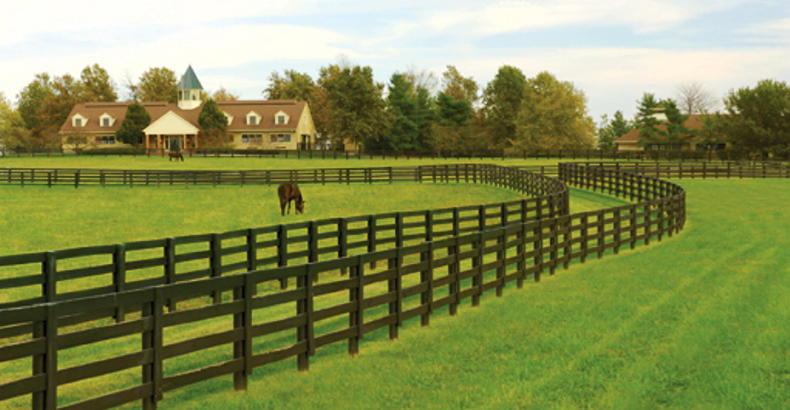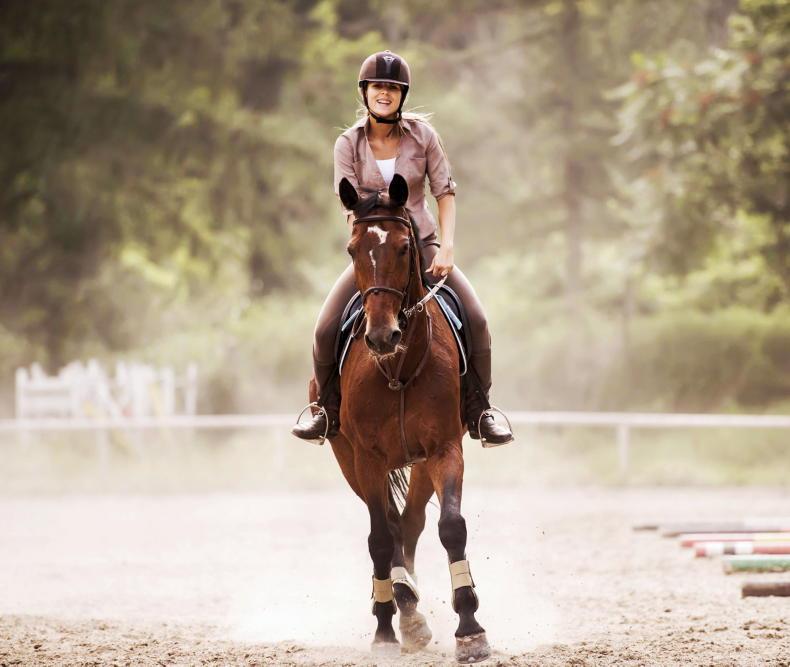A wise woman once told me instead of thinking of myself as a horsewoman, to think of myself as a grass farmer. She said once I do that, my entire way of caring for my paddocks and fields would change and true enough it did just that. When I began to consider the factors which truly affect the annual grass growth and grass quality of my grazing, I began to take steps to improve it year on year. Even if you only make 10% improvement this year, think of the improvements long-term. Here are three important elements to think about when you start your life as a grass farmer!
There are several ways to improve the drainage in your field to encourage the grassland to dry out more quickly, thus reducing damage to your pasture. Your land will drain more effectively if surface water has something to drain into, such as a boundary ditch. This needs to be checked and cleared regularly to prevent them from becoming overgrown or blocked by fallen trees or leaves. If possible, check the ditches beyond your boundary to make sure there is not a problem nearby that could be making water collect on your land.
Another highly effective (though expensive) long-term solution is to have land drains put in by a reputable drainage company. These drains run beneath the surface of your grassland and channel excess water into nearby ditches. Even these drains can become blocked though, so they do require some maintenance.
If your land has such drains, you will see outlet pipes sticking out of the ditch banks. After a spell of rain, these pipes should be running. If you suspect that they are blocked, you can hire a machine called a drain jetter to force water through the pipes, removing silt and blockages.
A cheaper option is to have your land mole-drained, a process in which small drainage tunnels are burrowed under the surface of the soil by an agricultural implement pulled behind a tractor. This can be done by your local farmer or agricultural contractor.
Compaction
A problem affecting pastures today is compaction in the upper layer of soil. The constant use of machinery for operations such as harrowing and rolling compounds the problem.
A garden spade is a very valuable tool as it can be used to examine the soil for compaction. Two types of compaction are generally identified: shallow compaction in the top four inches of the soil; and, deep compaction down to 12 inches of soil.
Compaction does not allow the roots to penetrate the soil. It impedes drainage, reduces grass growth and produces a very hard surface for the horses. Shallow compaction can be remedied using an aerating machine in the spring and autumn. Deep compaction can be removed by using a shakeaerator or a paraplough. Stones can be pulled to the surface during these operations and it is necessary to repair the damaged areas.
Stocking rates vary considerably according to the total number of horses grazing a particular land block.
A stocking rate of 1.5 horses/hectare (one horse per acre and a half) is a good general guideline as a stocking rate for grazing horses, as recommended by Teagasc. Variations from this may be necessary, particularly where only small numbers are kept. Ponies require less.




 This is a subscriber-only article
This is a subscriber-only article
 It looks like you're browsing in private mode
It looks like you're browsing in private mode









SHARING OPTIONS: